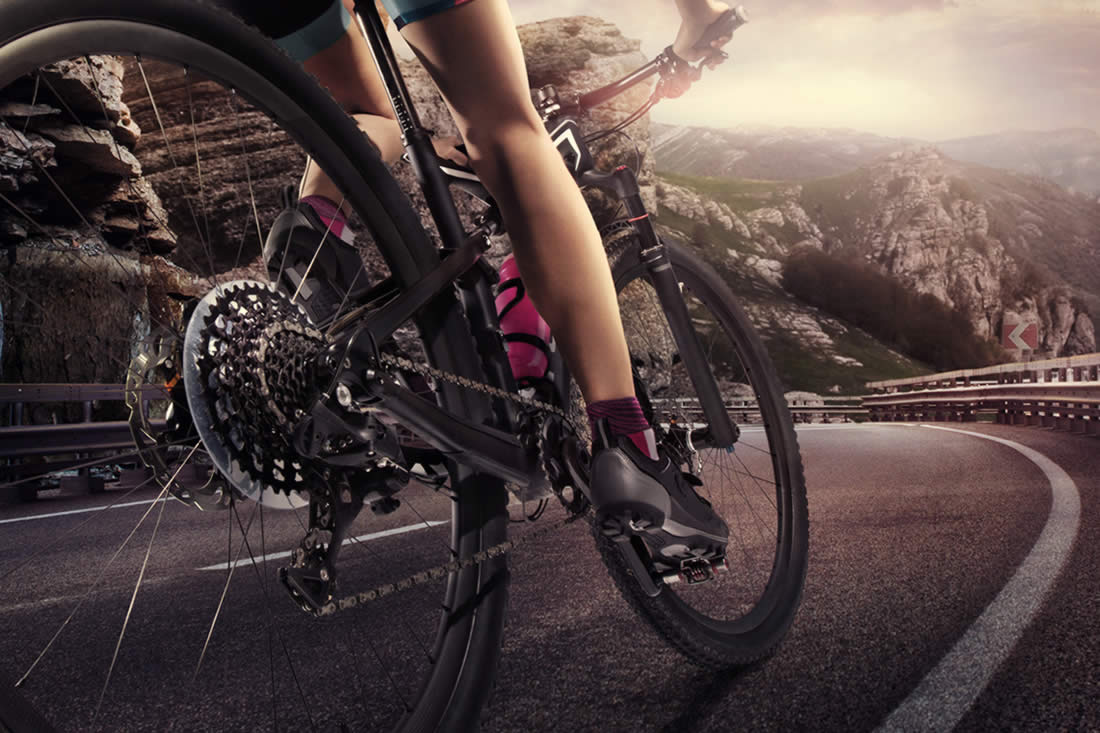Clearview® Performance Systems brings you ...  ® ... a Culture of Results & Engagement®
® ... a Culture of Results & Engagement®
Clearview® Performance Systems brings you ...  ® ... a Culture of Results & Engagement®
® ... a Culture of Results & Engagement®
Here's the next in our series of weekly managerial TIPS (Techniques, Insights, and Practical Solutions)
to help you better engage your team in the activities that lead to higher performance.
CORE Bites Issue #75
(May 19, 2020)

Many of you have asked what stimulates the diverse topics that appear in the weekly CORE Bites TIPS newsletter. I hope it doesn't surprise you to find out that I am—at least for this newsletter—a bit of a 'last-minute' guy. In fact, the topic inspiration for most issues is typically sparked by my client interactions during the previous week. In my mind, this keeps topics very relevant and very timely.
As a case in point, this week's topic was triggered by a senior leader's comment last week that "... my gears are still turning" as he reflected on an intricate strategy he was considering. To help him put things in perspective (and not sweat the 'small stuff'), I responded with, "Remember, the smaller gears have to spin twice to cover the same distance covered when the larger gear spins only once. That's why the small stuff tires us out."
It's this type of serendipitous interaction that ends up being the catalyst behind many of the topics chosen for CORE Bites from week to week. Now you know ...
This week I'm going to take a run at how we can manage and lead more effectively by—you guessed it—better understanding the mechanics behind "gears." But, before we begin, have you ever stopped to consider how the word "gear" has become embedded into the language of business and organizations? Here are a few examples (and I bet you can come up with a few more):
Can't seem to get out of first gear
It's time to switch gears
Get (one's) brain in gear
Give someone the gears
Grind someone's gears
Move into high/full gear
Move through the gears
Gear up
Anyone who has ridden a multi-speed bicycle knows the value of gears. Here's the physics. When riding up a steep hill, it gets harder to pedal, so you shift down to a smaller gear. It's then easier to pedal, but you end up having to pedal more revolutions to get up the hill. Conversely, on the way down the hill it's easier to pedal, so you can now shift up to a larger gear. This makes it harder to pedal, but now you have gravity working for you, so you can get a much higher top speed.
As I stated in the subject line, technically, you only need a single-speed bike. A single speed bike is uncomplicated. It's two wheels constructed with just one speed so you never have to switch gears. Pedal forward, and your bike goes forward. A single speed bike is perfect for leisurely rides on flat terrain.
But the world of management and leadership - especially today - is not flat terrain. In front of you are many hills, some steeper than others. So if you need speed (and you do!) and if you need to climb hills (and you do!), you'll need to understand the when and how to leverage your metaphorical "gears" to move you and your team forward more efficiently.
If you only have one gear, your only option is to pedal harder to go faster. That's not a very appealing mental (or physical) image. This week (starting today), let's add a few metaphorical "gears" to your management/leadership approach so you can go faster and climb bigger hills—without having to pedal harder. The HVAs listed below are great points to consider:
I'd love to hear how these HVAs work for you!
Neil Dempster, PhD, MBA
RESULTant™ and Behavioral Engineer
"Life is like a 10-speed bicycle. Most of us have gears we never use."
— Charles Schulz —
